About Moss

When I first saw moss, brought to vibrancy after a spring rain on a rock outside my cabin, I was mesmerized. Elizabeth Gilbert’s book, “The Signature of All Things”, speaks about moss time as being different from Human time. Moss is slow and patient in its evolution. Moss also is adaptive and exists in harmony with its environment, altering in response to different light and water. It also goes dormant and can be enlivened by water. I resonate with these qualities of slowness and quietude. I, like moss, love to sit upon rocks absorbing the sights and smells, the feel and taste of the world, allowing my interior world to be transformed by this communion.

ABOUT US
It started a decade ago in Santa Barbara, California. Designing beautiful artwork has always been our passion. Inspiring people to feel calm and peaceful in their homes or business is our mission.
Initially we explored live moss walls and vertical gardens, but found them difficult to maintain with their watering requirements, light sensitivity, and need for constant attention. We needed a better solution. This led us to using preserved moss, lichen, and plants for a truly care-free experience – all while keeping the stunning beauty of the real plants. Our work brings the inspiration of nature indoors, so you can enjoy the soothing greenery everyday.
We have traveled to Japan extensively and are inspired by the Japanese aesthetic. Our work aims to showcase the natural world and the sense of calm reflection contained therein. Moss wall art is a green wall, like a mini zen garden in your home.
FAQ
What kind of care does this artwork require?
There is no care, except to keep products indoors out of the direct sunlight. After a year or so, you may want to dust off the work with a can of compressed air.
Are the plants real?
Yes, all our plants in our art is real. The preserved moss maintains its color and soft texture. You wont know the difference. It’s incredible!
Where should I place my wall art?
This work is made to be placed indoors only. We also recommend placing product out of direct sunlight, as over time the sun can damage the work. The artwork is also very light, so it can be placed on any wall without worry.
How heavy is the artwork?
Because these are preserved plants and don’t require any dirt, the artwork is very light. Even the largest pieces can easily be supported by one or two screws into some drywall.
How long will the plants last?
Since these are preserved plants, the artwork will last for decades if kept out of sunlight. The work will be as beautiful in years to come as it is now.
What are your frames made of?
We make each of our frames from cedar wood. We apply the shou-sugi-ban firing technique after the frame has been completed. If you prefer a different frame style, please let us know.
What is your Return policy?
We offer a 100% guarantee of our work. If for any reason you wish to return it, make sure to contact us immediately and return the work within 14 days. You must pay the shipping costs for the return journey. When we receive the work back, we will refund you the full cost of the work (not including shipping).
Please note that if your order is received damaged, we ask that you take a picture for us so we may document the transit damage. We appreciate your cooperation.
Can I place a custom order?
Absolutely! Simply send us an email through our contact page, or at info@wabimoss.com, letting us know what you’re interested in.
Where is it made?
All of our work is made in Santa Barbara, California. All of our moss is sourced from US sustainable sources. You can feel good about buying artwork from us.
Will I get exactly the same work as I see in the picture?
No. Each piece is a unique work of art. When purchasing from us, the piece that you receive will be similar to the one in the image, but not exactly.
How we make the frames for our vertical gardens
Our frames are unique and handmade in house. After the build is completed, the frame is burnt with fire. This is a Japanese technique called shou sugi ban (焼杉板), which literally translates to “burnt cedar board”. The term is commonly used to describe the centuries-old Japanese technique of charring cedar (sugi) planks, which were commonly used for residential siding, fencing, and decking projects. This technique has the great effect of preserving the wood against time, fire and insects, while also giving the wood a unique look. After the wood has been charred, we apply a preserving oil. Each frame reflects the Japanese principle of wabi sabi, or beauty in imperfection.

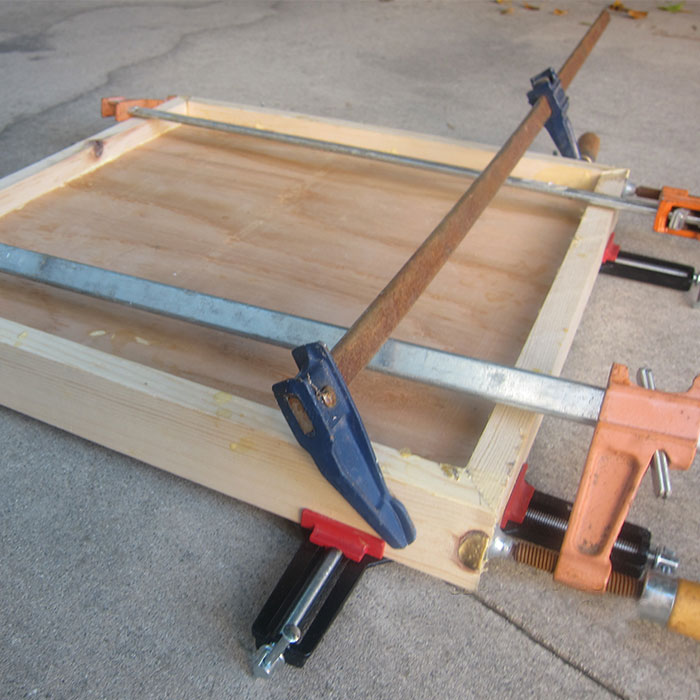
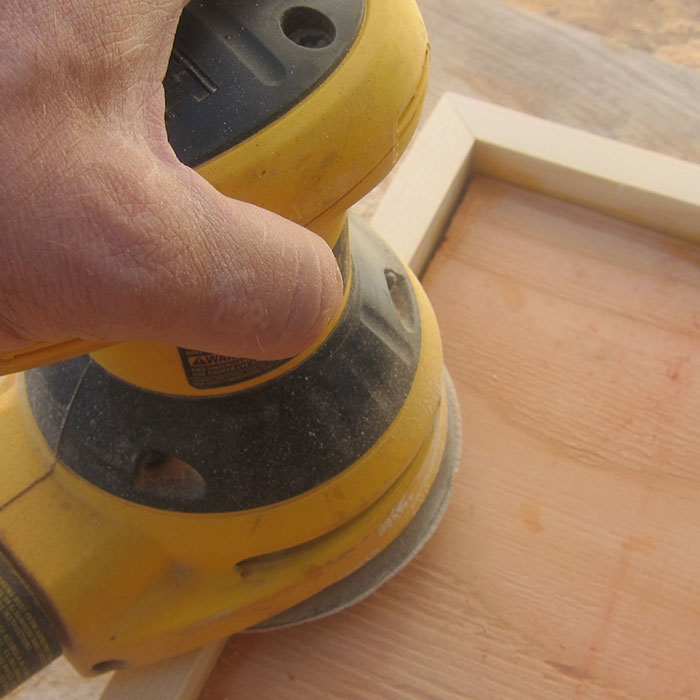
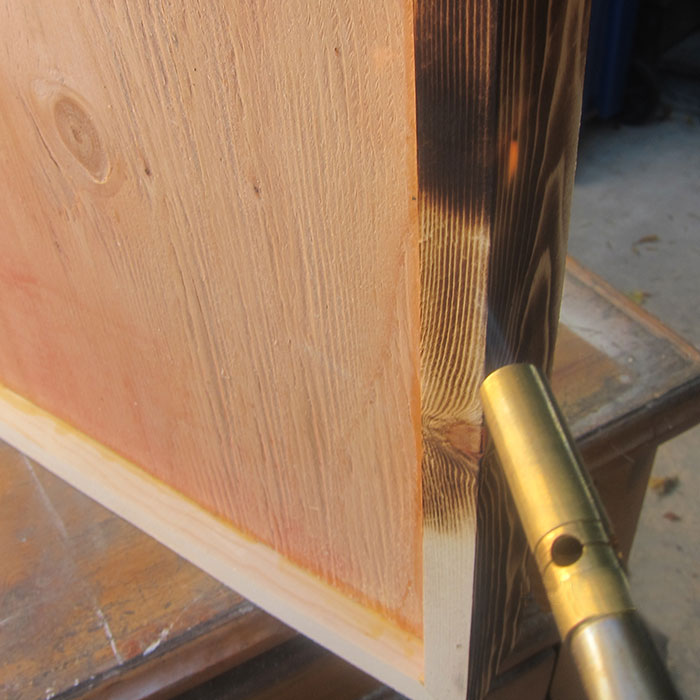
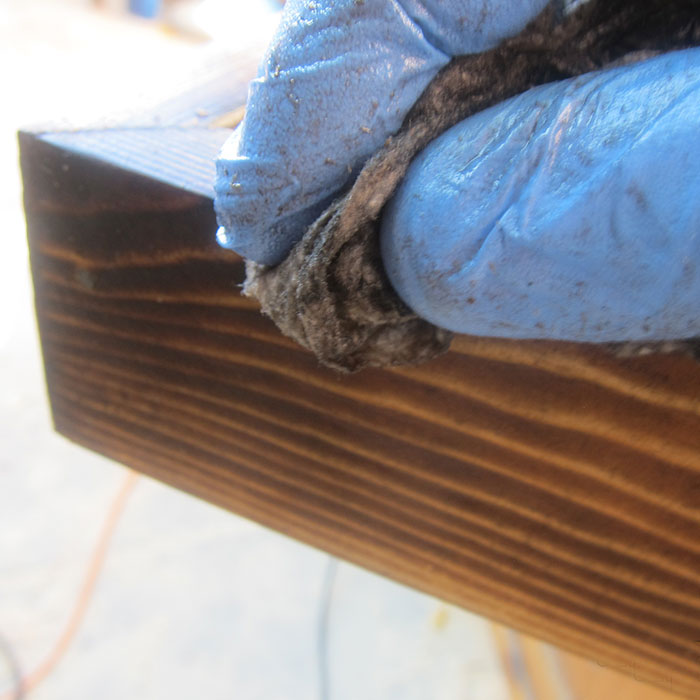
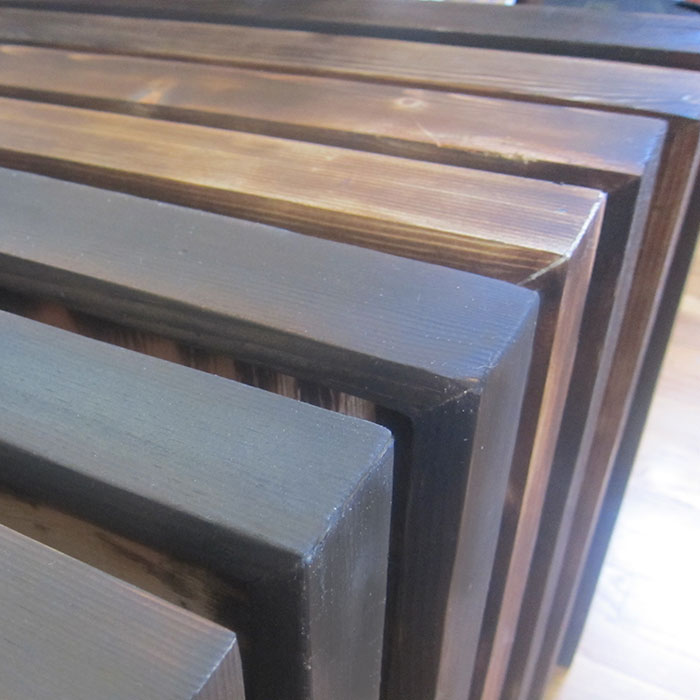
Follow Us!